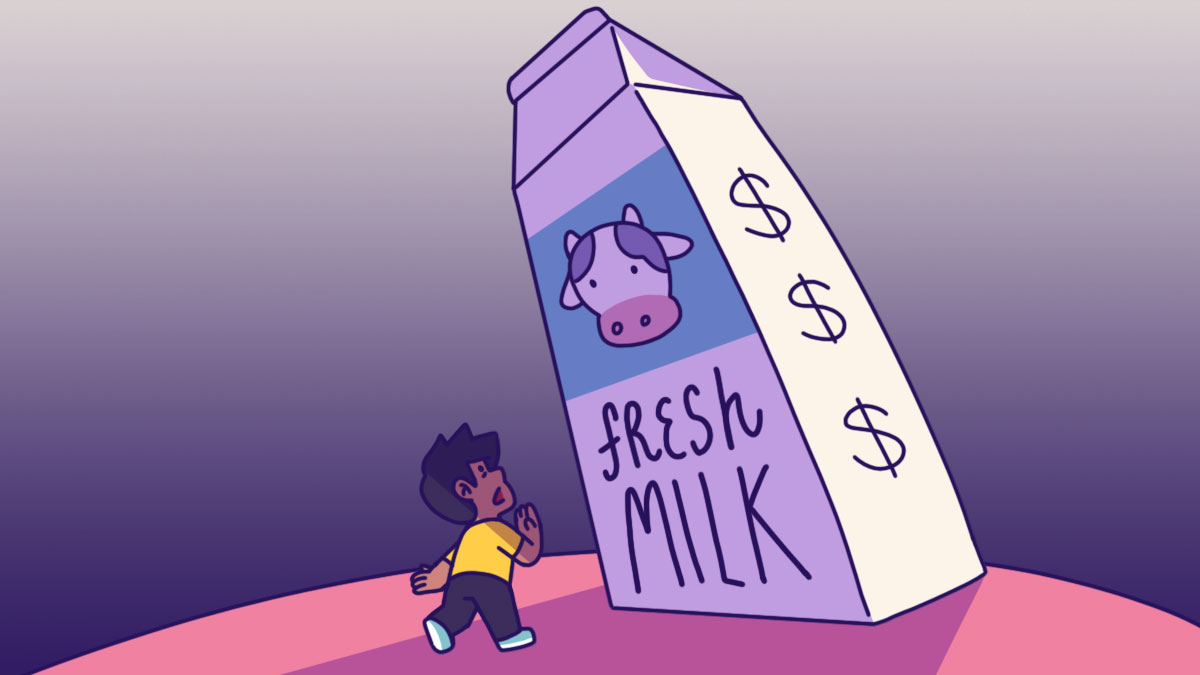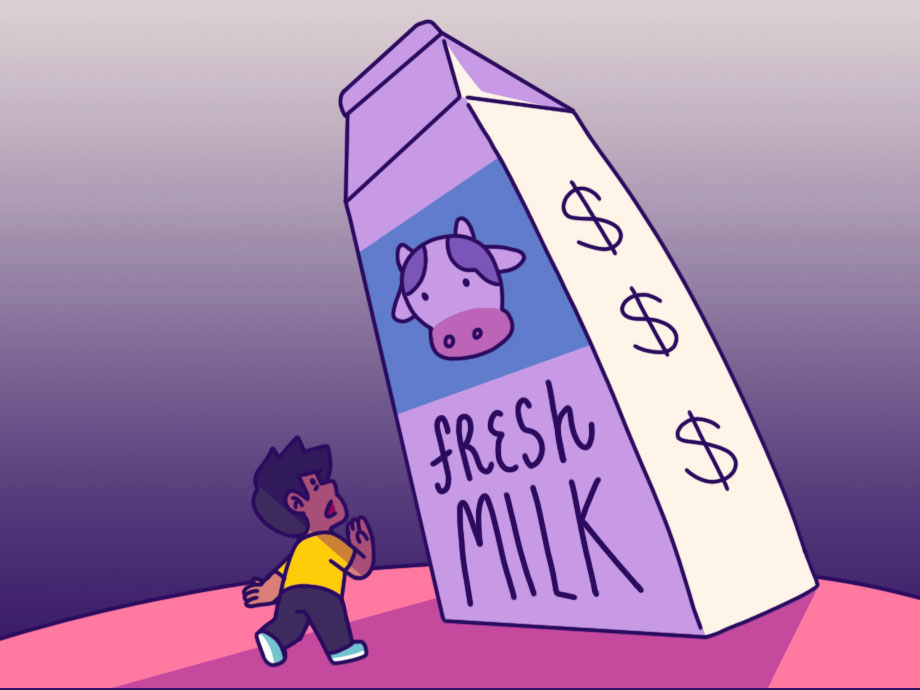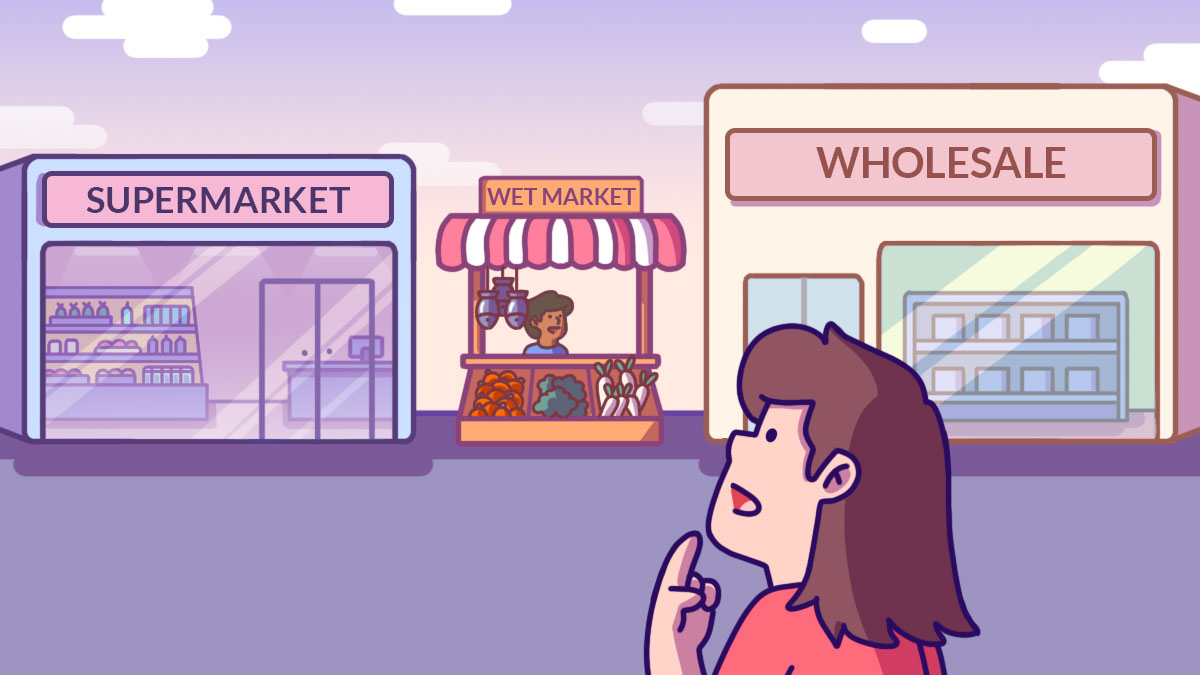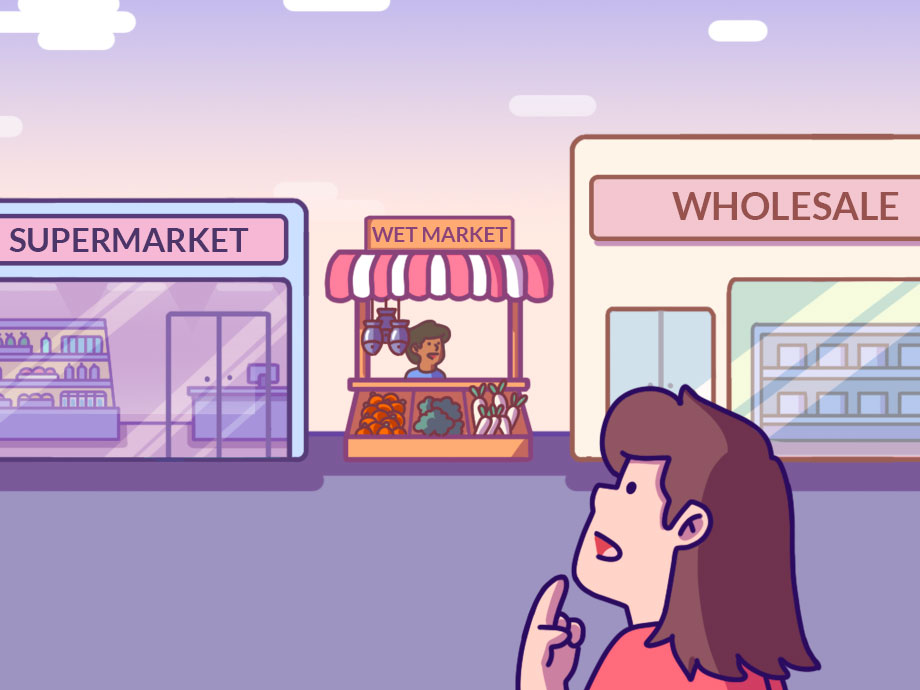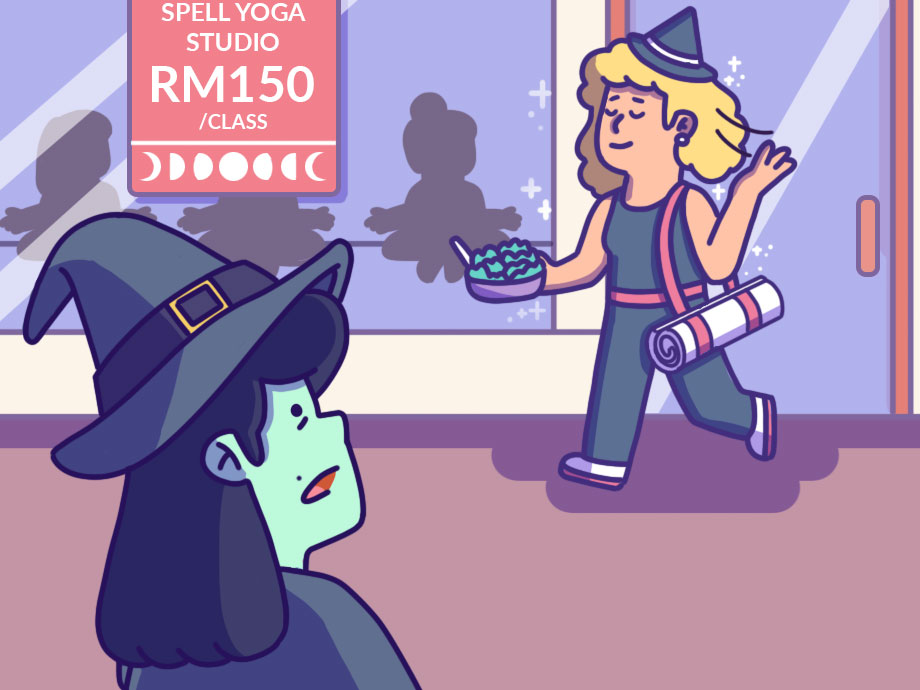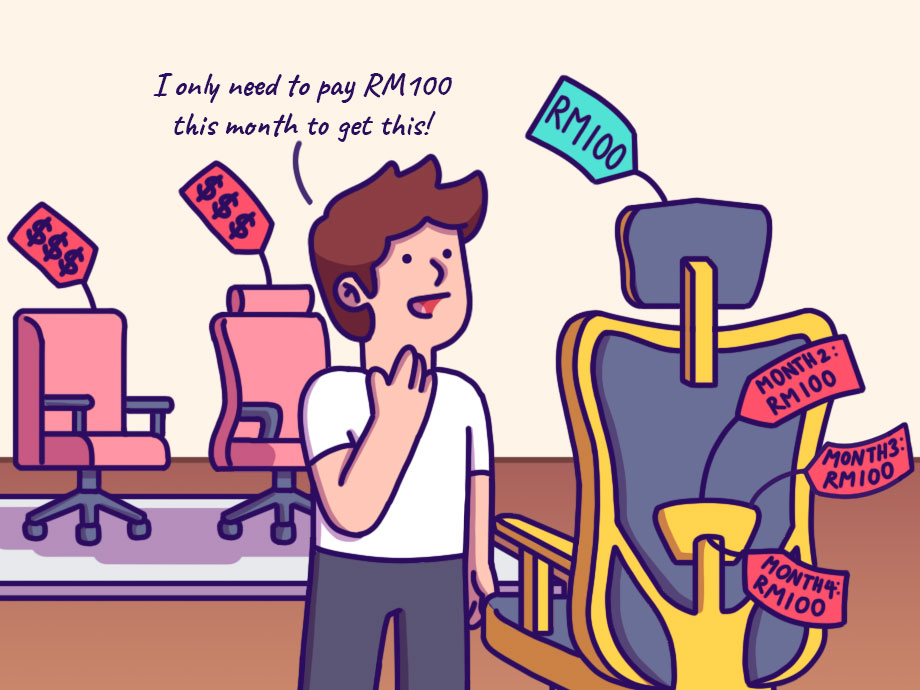Life | Personal Stories | Article
I Tried Growing My Own Vegetables to Cope with Rising Food Prices. Here’s What I Learnt
by Ooi May Sim | 4 Aug 2022
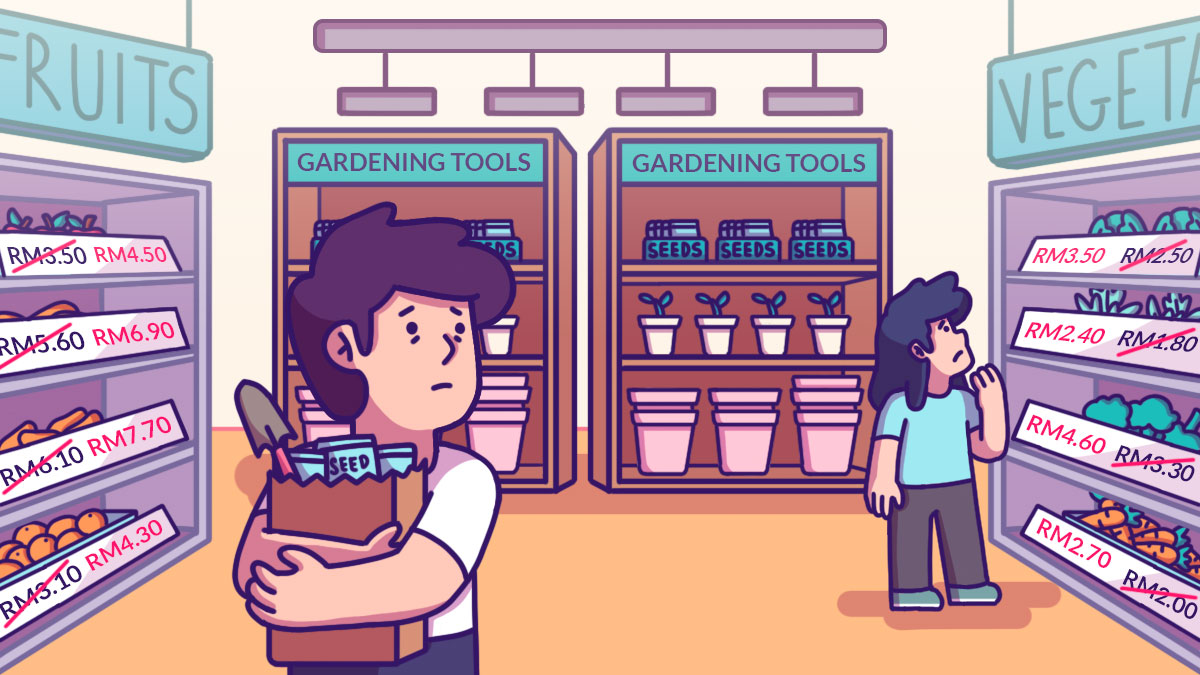
It’s normal for the price of things to go up over time, which is otherwise known as inflation. It’s just that in the last year, inflation rates have been unusually high in Malaysia.
In July, Malaysia recorded its highest food inflation rate in 11 years which rose to 5.2%. As much as 93% of items in the food group saw increased prices, and chicken rose 13.4% year-on-year. This is partly due to the ongoing food shortage in Malaysia.
Together with raised bank interest rates and currency depreciation, the higher price of goods leads to higher household spending, at a time when money is tight as the economy – and rakyat – are just recovering from the effects of the Covid-19 pandemic.
The government is working hard to curb the food shortage, among which is to stockpile food and increase the production of poultry and corn farming (to be used for chicken feed).
But another solution for the rakyat was presented by Perak Mentri Besar Datuk Seri Saarani Mohamad. In June, he suggested that Malaysians should grow their own vegetables and rear livestock. He faced backlash for his comment, with critics saying that his suggestion was not the answer.
But you should never diss an idea until you’ve tried it – who knows, this could be the life hack that we’ve all been waiting for.
So, armed with my limited knowledge on farming and growing vegetables, I was determined to test this theory. (Unfortunately, I couldn’t test the rearing livestock theory as I could be fined up to RM1,000 and jailed for not more than six months if my neighbours report me for “nuisance” as animals can be smelly and noisy. I also live in an apartment and rearing livestock in a confined space is not humane.)
Growing my own vegetables
The good news is that during the pandemic, I dabbled with growing plants, and I am still a member of various ‘potting and planning’ groups. Hence, I have a ready supply of pots, soil and fertiliser. The bad news – I have killed every plant I brought home.
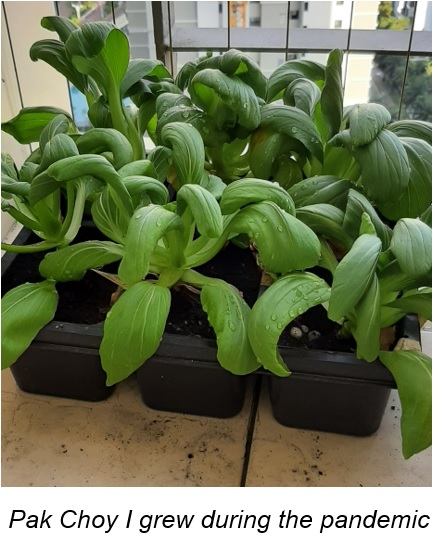
From basil to aloe vera, ulam raja, mint, coriander, lemongrass, chilli, pandan and curry leaves, all my plant babies have left me prematurely. The only plant that didn’t die on me was my siew pak choy, and I got to reap harvest from it. I was resolved to repeat this success.
I bought four different types of seeds – pak choy, bayam merah, kangkong and kailan. And while they do come with instructions on the back of the packet, it didn’t provide a lot of guidance on what to do and how to tend to the vegetables.
For instance, the instructions on the pak choy packet states: “Always keep the seeds away from direct sunlight or high temperature. Keep seeds in a cool, dark place with low humidity, such as a refrigerator to maintain viability.” On the kangkong packet, it told gardeners to “Sow directly into the ground. Cover the seeds with black soil and gently (pat) down. Water twice a day.”
I turned to online tutorials, and gardening friends and groups, to learn more about growing and harvesting vegetables. From the information I gathered, I sowed the seeds with soil mixed with fertiliser and watered them twice a day.
Related
The outcome

The first two weeks looked very promising as many of the seeds began to sprout. The bayam merah was the fastest to grow. As they were microgreens, I harvested them as soon as the shoots reached an inch, which took close to three weeks.

Sadly, the kailan shoots that were growing well in the first two weeks dried up on week 3. Tutorials advise gardeners to water the plant twice a day, but mentioned that if the weather is very hot, it should be watered three to four times daily as the soil should always be moist.
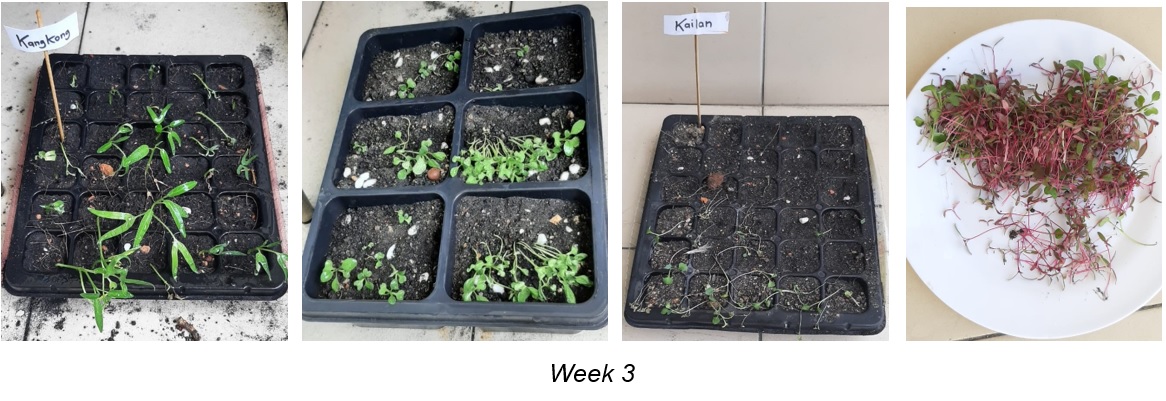
Although temperatures have been high lately, I could not commit to watering the plant three to four times a day due to work constraints, and the kailan shoots paid the price.
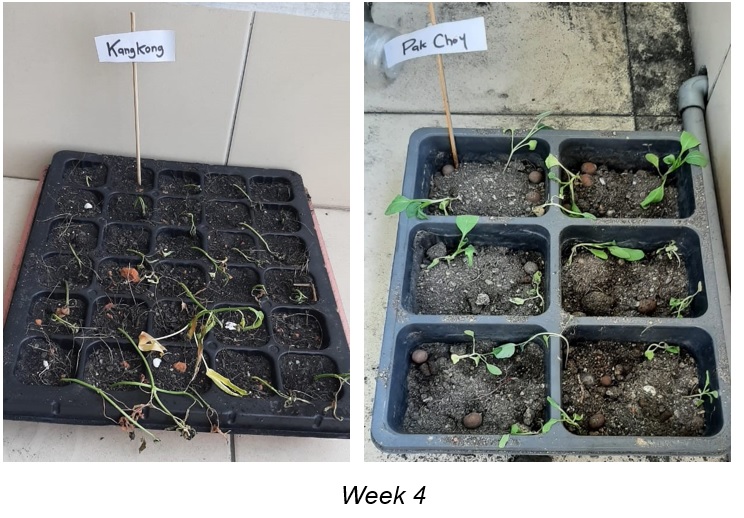
And while the kangkong and pak choy grew fairly well for close to a month, it dried up when I forgot to water them for only two days. I tried to compensate by giving them extra fertiliser, but the damage was done – they could not be saved and withered away before my eyes!
After caring for and tending to my vegetables daily for over a month, I only harvested a handful of bayam merah leaves.
All in all, only half of the seeds that I had planted even reached the sprouting stage. Even then, almost all the vegetables that had sprouted died, save for my mini bayam merah, which grew to harvest.
Problems I encountered
As you can tell from my account, growing vegetables wasn’t easy and didn’t go as planned. Here are the issues I encountered during the process.
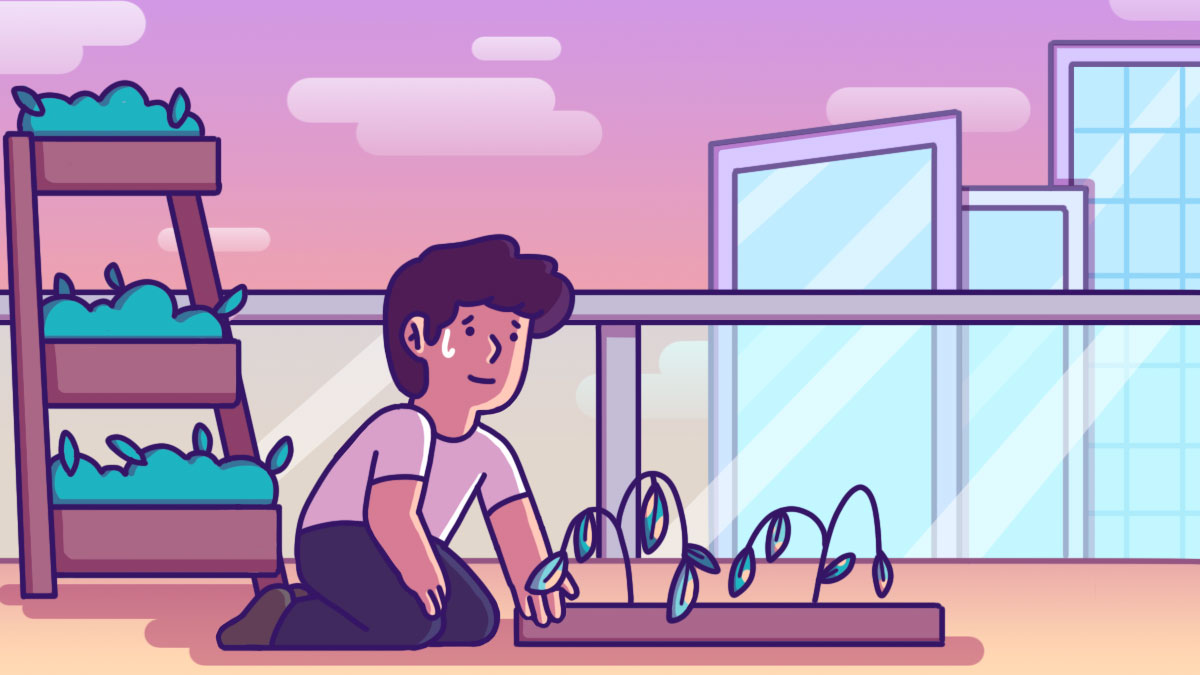
It’s time consuming and stressful
Many gardeners I spoke to gushed about the amount of joy their garden has brought them and on how therapeutic gardening is. Unfortunately, I had none of those feelings.
Planting, watering the vegetables daily, and repotting it took up a lot of time. It was also quite stressful for me (maybe because my vegetables weren’t growing well). I forgot to water them on more than one occasion and had panic attacks that my plants were going to die on me.
I lacked knowledge on growing vegetables
Even after watching all the tutorials, I was still unsure of what I was doing most of the time. When I asked for advice, I would get conflicting tips too. Some said I was watering it too much, while others asked me to water it more.
I wasn’t sure what I was doing wrong but the best advice I received was that growing vegetables follows a trial-and-error method of success whereby you won’t know what is bothering your plant until you test it.
To find out what condition your plant prefers, I was told to place the plants in different locations with varying levels of sunlight. If the plant thrives, it likes that spot, if it starts to wilt, quickly change its spot.
It attracted pests galore
As I didn’t use any pesticides, I found little bugs burrowing in the soil and spider webs on some of the leaves. Suddenly, my balcony was abuzz with new ‘unwanted’ life.
My great efforts yielded a small harvest
My one success, the bayam merah, was crunchy and tasty, but the amount I harvested was only sufficient to feed one person for a single meal.
The benefits to growing your own greens
While I wasn’t very successful with my attempts, for those who have greener fingers than me, there are still many plus points to planting your own greens.
You can control what goes into your food
I didn’t put any pesticides, so the vegetables that came out of my garden were organic. Most of the vegetables sold at supermarkets these days are sprayed with chemical pesticides.
Studies have shown that chemical pesticides can cause dermatological, gastrointestinal, neurological, respiratory and reproductive problems.
Homegrown veggies are fresher, tastier and more nutritious
Food grown at home is said to be more nutritious and tastier, as it is not bound by profit constraints that many farmers face. Thus, homegrown vegetables often have more time to grow and develop their flavour.
Also, vegetables start to deteriorate as soon as it is harvested, so the fresher your vegetables are, the more nutritious they are.
It’s better for the environment
Chemical pesticides don’t just kill insects and weeds. It is also toxic to other organisms such as bird and fish, and contaminates the soil.
Furthermore, imported vegetables have a higher carbon footprint than homegrown ones, especially if these vegetables were transported by air.
There’s less food wastage
This point is more prevalent for herbs as you can harvest it according to what you need, so there is less wastage. When I buy herbs such as coriander from the supermarket, it comes in a packet. I only use a portion of it, then place the remainder in the fridge. When I am ready to use the remaining coriander, it is often dried or brown and ends up being tossed.
Related
How much did it cost?
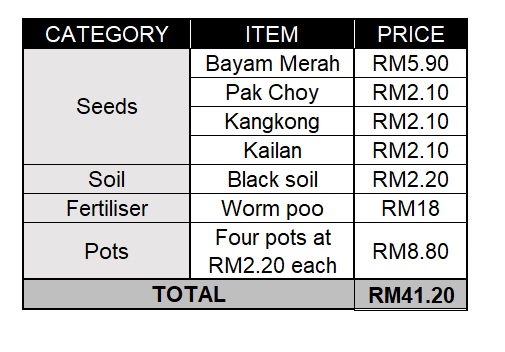
I had bought most of these items during the pandemic in 2020, but this is an estimate of how much I spent on them.
Can growing your own food the solution to food shortage and increasing food prices?
As I have ‘bluefingers’, I reckon I would starve if I had to live off only what I could harvest from my little balcony farm.
The quantity of vegetables that I had the space for, even if I were successful in all my attempts, would be too little for daily consumption. They were also generally smaller in size than store-bought vegetables. Plus, it took a very, very long time to grow, and a lot of effort.
Having said that, I do see a lot of benefits for growing my own vegetables and vow to improve my gardening skills. One day, I hope to have a thriving balcony farm filled with edible plants I can just pluck to cook, rather than having to head to the store every time I need something like curry leaves.





